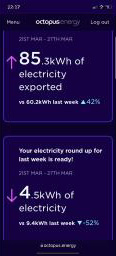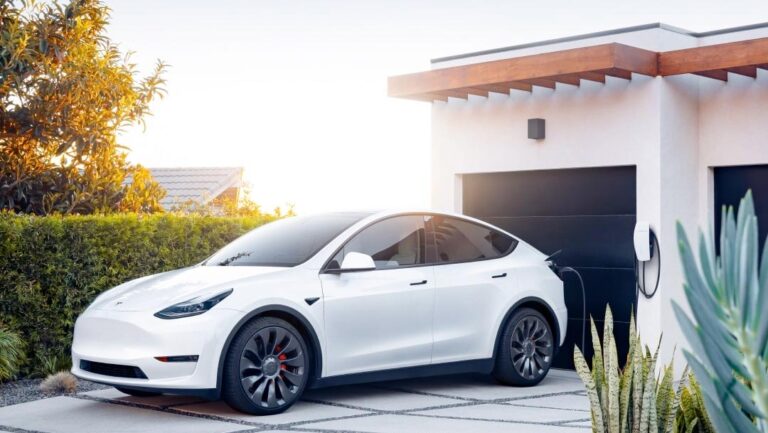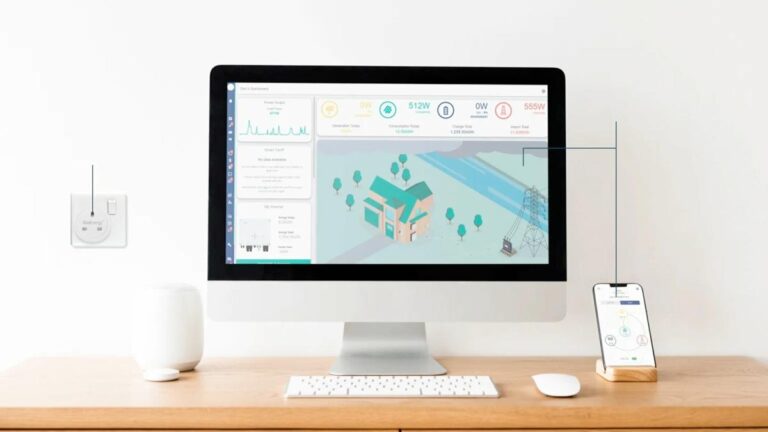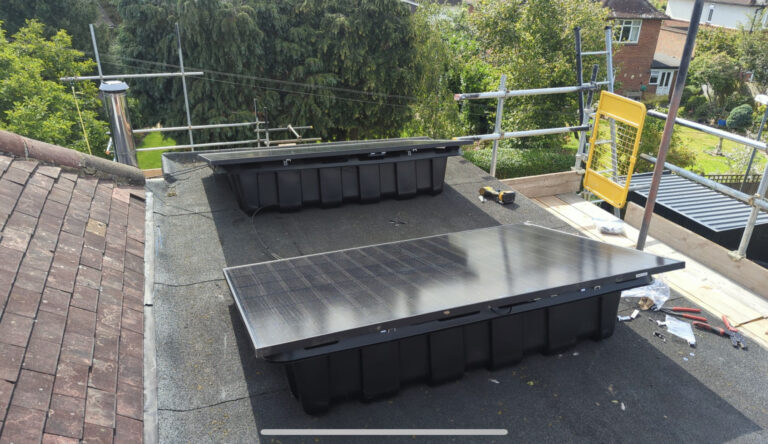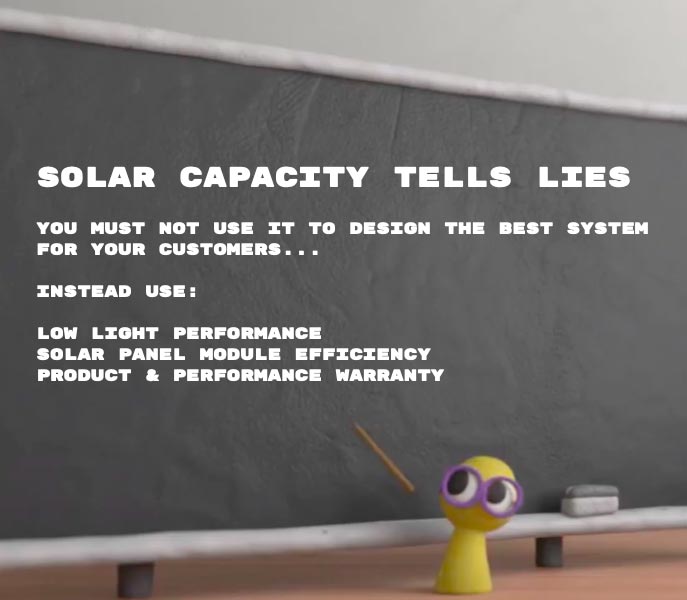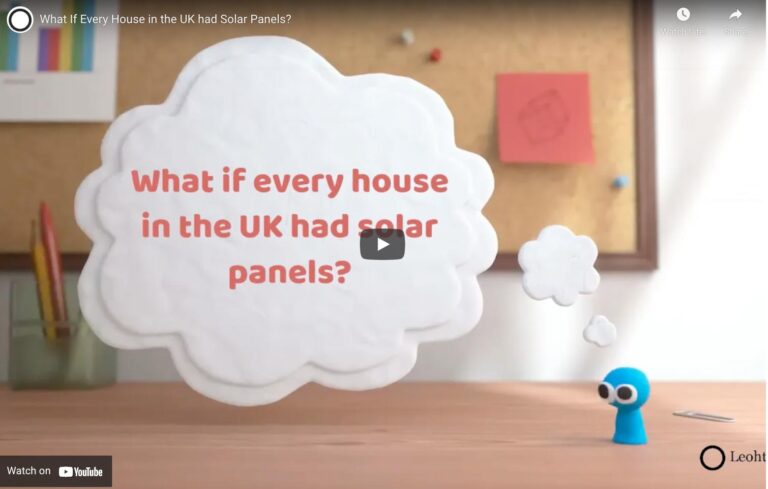Knowing how much energy appliances in your home typically use will help you maximise your self-consumption of your solar-generated energy.
For example, if you have a 3600W hybrid inverter then the maximum AC output of your solar array and battery will be 3600W. You may want to avoid having multiple heavy usage items on at the same time if peak demand will exceed your inverter’s maximum AC output.
Typical energy consumption and cost of using household appliances
| Household Item | Energy rating | Typical usage | Energy used in kWh | Cost (April 2022 Price Cap) |
|---|---|---|---|---|
| Kettle (Russel Hobbs) | 3000W | 1 minute | 0.05 kWh | 1.5p |
| Nepresso Coffee Machine | 1710W | 90 seconds (per cup) | 0.043 kWh | 1.3p |
| Blender | 400W | 5 minutes | 0.033 kWh | 1p |
| Toaster (2 slice) | 900W | 5 minutes | 0.075 kWh | 2.2p |
| Toaster (4 slice) | 2000W | 5 minutes | 0.17 kWh | 5.1p |
| Fridge freezer | 150W | 8 hours (33% duty cycle) | 1.2 kWh | 36.2p per day |
| American Fridge Freezer | 250W | 8 hours (33% duty cycle) | 2 kWh | 60.4p per day |
| Freezer | 100W | 8 hours (33% duty cycle) | 0.8 kWh | 24.1p per day |
| Fridge | 100W | 8 hours (33% duty cycle) | 0.8 kWh | 24.1p per day |
| Laptop | 50W | 8 hours | 0.4 kWh | 12p |
| Charge an iPhone for one year | Up to 5W | Everyday | 1.8 kWh | 54.3p per year Just over 1p a week! |
| 55″ Samsung TV | 110W | 3 hours | 0.33 kWh | 10p |
| 75″ Samsung TV | 154W | 3 hours | 0.46 kWh | 13.9p |
| Single electric oven | 3000W | 1 hour | 3 kWh | 90.6p per hour |
| Patio Heater | 2000W | 1 hour | 2 kWh | 60.4p per hour |
| Microwave | 1500W | 3 minutes | 0.075 kWh | 2.2p |
| Iron | 3000W | 20 minutes | 1 kWh | 30.2p |
| Dishwasher | 2200W | 2 hours | 4.4 kWh | £1.33 (per day?) |
| Washing Machine | 2200W | 1 hour | 2.2 kWh | 66p |
| Tumble dryer (modern) | 800W | 45 minutes | 0.6 kWh | 18.1p |
| 10 x Lightbulbs – incandescent 700 lumens x 8 hours a day | 600W | 8 hours | 4.8 kWh | £1.45 per day |
| 10 x Lightbulbs – LED 700 lumens x 8 hours a day | 100W | 8 hours | 0.8 kWh | 24.1p per day |
| Desktop computer | Up to 300W | 8 hours | 2.4 kWh | 72.5p |
| Hot tub | Up to 6000W | 1 hour | 6 kWh | £1.81 |
It might be quite interesting to note a few suprises. For example, boiling a kettle costs just 1.5p and charging your phone everyday for a year costs just 54p!
It’s also important to see how much energy combinations of appliances use. For example, having the dishwasher and washing machine on at the same time = 4400W which would exceed a 3600W hybrid inverter’s AC output and start using the grid, it will be worth staggering these items.
For example, if you staggered the electricity usage of your dishwasher and electric oven and only used your solar panels and battery to cover their usage once per day, you would save £956.30 a year, just on those two appliances.
Also switching to LED bulbs if you haven’t already, older bulbs could use 4.8 kWh over an 8 hours period, if you had a 5 kWh battery, almost all of your battery would have been used just on lighting, whereas LED lights would only use 0.8 kWh.
How much of my solar energy could I realistically use?
This will depend on your level of usage – the higher your usage relative to the electricity generated by your solar panels – the more generation you would use, without making any changes to your usage.
The estimated savings given in your design are based on MCS self-consumption tables and typically estimate that you will use consume 40-50% of your solar-generated energy.
Consider: If your solar array provides 15 kWh of electricity per day – using the above table, how many items could your solar panels power each day?
If you are able to make small changes to the way you consume electricity – staggering usage, using heavy usage items when the battery is available (day or night) we have customers that have been able to use 85%+ of their solar-generated electricity.
The picture to the right shows that one of our customers used just 4.5 kWh of electricity for the week at the end of March (21/03/2022 – 27/03/2022),they sent us a screenshot as they were so pleased.
4.5 kWh down from 84 kWh a week before solar in March is very impressive! They even exported 85 kWh too, earning 85 x 7.5p = £6.37.
If you do not plan to change your usage, the MCS self-consumption estimate will provide a good guide.
